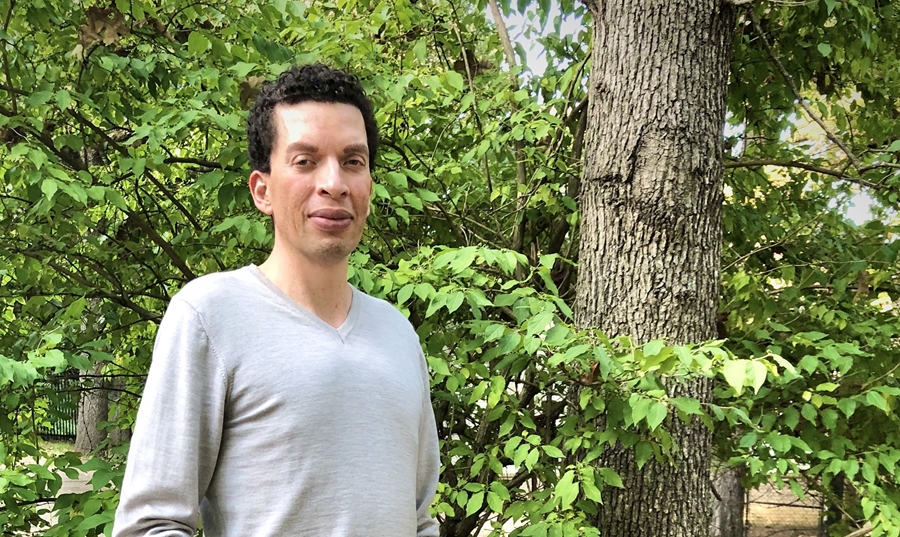
"Safe drinking water is something that every human needs, so it's really a very practical problem to work on," explains Julian Fairey, the latest subject of Technology Ventures' Inventor Spotlight.
"One of the really interesting things about drinking water is that it's always changing, and it's not the same in any two places. Fayetteville, Arkansas, is not like Zurich, Switzerland. It's also changing over time. How we treat it here will be really different in 20 years. So there are always interesting and tangible problems to work on."
Fairey is an associate professor of environmental engineering in the College of Engineering.
His research interests include drinking water disinfectant chemistry and environmental sampling. Fairey's graduate and post-doctoral research focused the on adsorption of hydrophobic organic compounds and catalysis of drinking water disinfectants with engineered sorbents, in particular activated carbon.
More simply put, Fairey is an experimentalist who works on applied research projects developing novel technologies to reduce the risks posed by pollutants in sediments and drinking waters. The goal of these efforts is to develop cost-effective solutions to environmental problems while making fundamental scientific advancements in the areas of contaminant sediments and drinking water treatment.
"It's well recognized that when we disinfect drinking water, there is some toxicity that's created," Fairey explains. "Chronic toxicity, really. A certain number of people may get cancer from drinking water over several decades. But we haven't identified what chemicals are driving that toxicity. A major goal of our work is to identify these chemicals and the reaction pathways through which they form. We need ways to disinfect without creating these potentially toxic chemicals. We need to try to make drinking water a little bit better and little bit safer."
In 2020, Fairey awarded a $755,000 research grant from the U.S. Department of Defense to develop a new monitoring method for per- and polyfluoroalkyl substances (so-called forever chemicals, more commonly known as PFAS) in water on U.S. military installations.
To improve nitrification detection in chlorinated drinking water, Fairey and his team have developed a real-time fluorescence-based sensor system to detect the early onset of nitrification events. This system provides an early warning of nitrification that could benefit water utilities that experience nitrification events by alerting them to the problem sooner and permitting less costly remedial actions.
As Fairey explains it, the current system for detecting nitrifying bacteria in the water system is "very manual. People have to go out and take samples at various points in the system and bring it back to the lab to test. In a place like Houston, the system is a thousand miles long." What his sensors would do is collect data continuously in real time and send the data back without the need for manual collection of water samples, identifying a problem before the water degrades. Theoretically, disinfectant boosting stations around the city would then automatically trigger needed responses.
"We can adapt responses sooner, improve our detection and make the system safer," he concludes.
With this innovation, Fairey is potentially changing how water treatment and detection is done in the U.S. and beyond.
Topics
Contacts
Julian Fairey, associate rofessor of environmental engineering
Civil Engineering
479-575-4023, julianf@uark.edu
Hardin Young, assistant director of research communications
University Relations
479-575-6850, hyoung@uark.edu